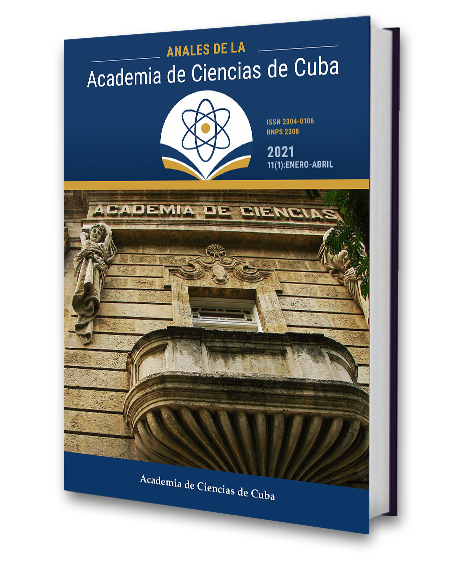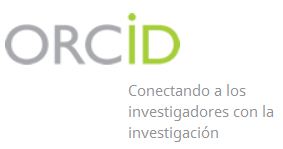Chemical study and biological potential of plant species that grow in Cuba
Keywords:
pharmacognostic parameters, phytochemistry, biological potentialitiesAbstract
Introduction: Plants are a fundamental part of medicine systems. To have a plant source as a therapeutic alternative, it is essential to demonstrate its usefulness scientifically. The species Clusia minor L., Caesalpinia bahamensis Lam., Murrayapaniculata L, Phaniamatricarioides (Spreng.) Griseb. and Lippiaalba Mill, which grow in Cuba, are traditionally used for the treatment of different diseases; however, phytochemical and pharmacological studies that guarantee this utility and permit establishing its quality are limited or null. Objectives: to determine the main pharmacognostic parameters to establish its quality as a vegetal drug, to identify the main metabolites and to evaluate some of its pharmacological properties preliminarily.
Methods: the quality requirements of some of the species as a crude drug were determined through pharmacognostic evaluations, phytochemical methods were applied, the main substances isolated were characterized structurally, and the antioxidant, diuretic, antilithic, anti-inflammatory, antimicrobial, and antiparasitic effects of some of its extracts were evaluated.
Results: The quality specifications of raw drugs, extracts and designed formulations, as well as the chemical markers were established. Some of the main chemical components could be extracted, isolated, purified and characterized, many of which constituted new reports for the species and genus. The bioactive potential of the plants evaluated and their low toxicity were demonstrated.
Conclusions: The species studied constitute a potential resource in the field of phytotherapics. The chemical-pharmacognostic knowledge of the Cuban flora and its real therapeutic usefulness were expanded.
Downloads
Downloads
Published
How to Cite
Issue
Section
License
The journal Anales de la Academia de Ciencias de Cuba protects copyright, and operates with a Creative Commons License 4.0 (Creative Commons Attribution-NonCommercial License 4.0). By publishing in it, authors allow themselves to copy, reproduce, distribute, publicly communicate their work and generate derivative works, as long as the original author is cited and acknowledged. They do not allow, however, the use of the original work for commercial or lucrative purposes.
The authors authorize the publication of their writings, retaining the authorship rights, and assigning and transferring to the magazine all the rights protected by the intellectual property laws that govern in Cuba, which imply editing to disseminate the work.
Authors may establish additional agreements for the non-exclusive distribution of the version of the work published in the journal (for example, placing it in an institutional repository or publishing it in a book), with recognition of having been first published in this journal.
To learn more, see https://creativecommons.org






